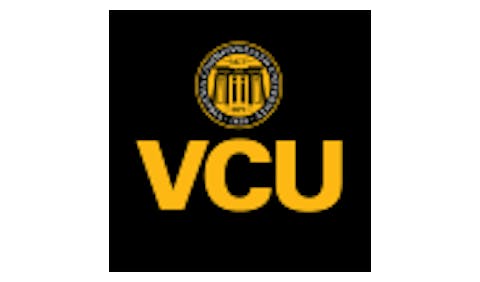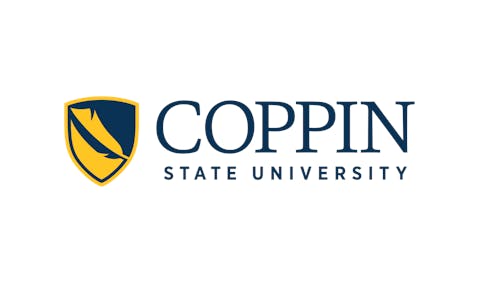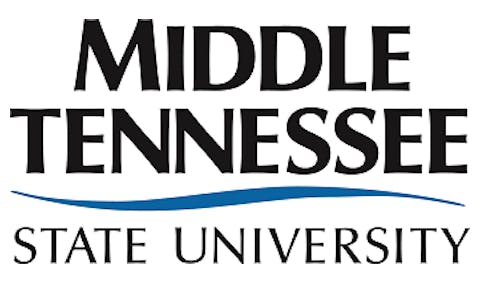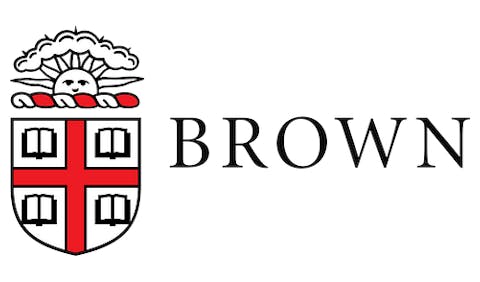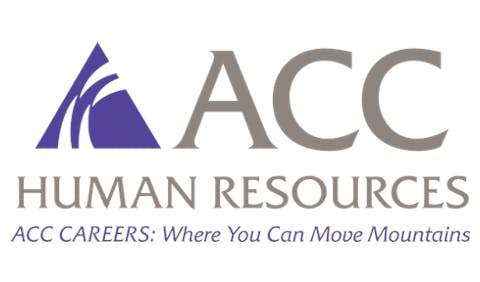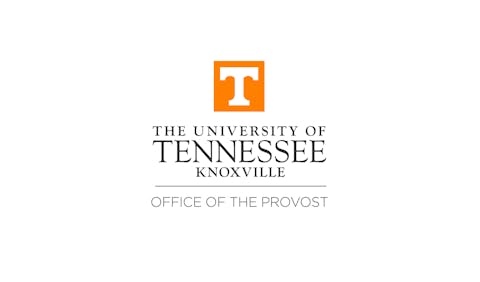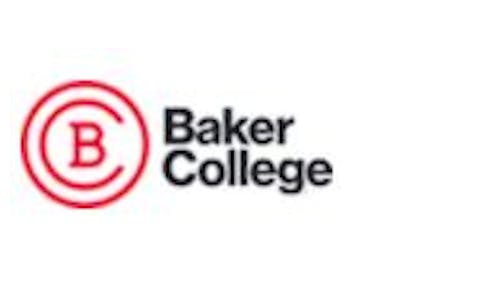Collegiate Athletics Hightlights
Collegiate athletics have presented a grueling playing field for student athletes of color over the past 15 years. And sometimes, just when it seems that players of color have gotten used to the terrain, new issues of equity explode on the field, making the footing even more precarious. The following 15 issues — and the personalities involved with them — have been at the forefront of that battle. While there is much scandalous behavior in collegiate sports, we have intentionally overlooked the general subject of scandals because they are never-ending — from point shaving, to criminal behavior, to academic cheating, and beyond. But because many of the issues discussed here overlap, they cannot be ranked. So pay no attention to the order in which they are presented.
1) Championship Coaches
African American coaches have led teams to championships in numerous collegiate sports over the past 15 years. Among the luminaries in the NCAA’s Division I, high-profile, revenue-producing sports are: national championship men’s basketball coaches John Thompson of Georgetown University, Nolan Richardson of the University of Arkansas, and Tubby Smith of the University of Kentucky; and women’s basketball coach Carolyn Peck of Purdue University.
2) Becoming One Voice
While access to the collegiate coaching profession for Blacks remains a major problem, the founding of the Black Coaches Association in 1987 paid some early dividends. In 1988, 11 new African American basketball coaches were hired by Division I schools, growing their ranks by more than 25 percent. And because of pressure from the association, the NCAA also announced that it would be awarding 20 scholarships — 10 to minorities and 10 to women — as part of an effort to increase minority opportunities in sports coaching and administration. Another BCA protest in 1993 got the NCAA to agree to further increase minority opportunities.
3) Eligibility Battles: Where, When, and Who Can Play
There has been a persistent stream of rules and regulations — many of them disproportionately impacting student athletes of color — governing the level of competition at which they can participate, how often they can participate, and whether or not they can participate. In the mid-1980s, the NCAA passed Proposition 48, which tied athletic participation for Division I freshmen to high school grade-point averages and standardized test score results. Early in 1999, a U.S. Third Circuit Court judge — citing the NCAA’s own reports and memos — ruled that the regulations were illegal because they had an “unjustified impact on African Americans.” The case is currently under appeal.
4) Who’s Graduating? Now Everybody Knows
The Student Right-to-Know Act of 1990 requires an institution that participates in any student financial assistance program under Title IV of the Higher Education Act of 1965 and awards athletically-related student aid to provide the graduation rates of student athletes to potential student athletes and their parents, coaches, and high school counselors. Until Sen. Bill Bradley and Reps. Edolphus Towns and Tom McMillan championed this cause, colleges and universities were loath to reveal these statistics to their potential recruits — and with good reason, as is pointed out on the Black Issues 15th Anniversary Wall of Shame (see pg. ??). But the most disappointing revelation was — and is — the poor rate attained by HBCUs.
5) Money, Money, Who’s Got the Money?
Certainly not the student athletes. Except for the summer, college sports today appear on television just about every day — especially since the proliferation of sports networks like ESPN2, Fox Sports, and Pay Per View programming. Then there are the local cable sports channels like MSG in New York City and HTS in Washington, D.C. In fact, CBS paid the NCAA more than $1.7 billion for the rights to televise the men’s Division I basketball championship tournament over an eight-year period that ends in 2002. But NCAA regulations prevent the student athletes who participate in these contests from receiving any of the millions of dollars that go to their institutions. Although there are conversations in certain corners of the collegiate athletic world about financially compensating student athletes, that possibility remains a long way off. Additionally, the HBCU share of this basketball bonanza has been — and remains — paltry since the tournament only invites one team from each of the two historically Black conferences. The further a team progresses in the tournament, the more money it receives from the television revenue. Only one HBCU tournament — coach Ron Mitchell’s 1997 Coppin State College squad — has advanced to the second round of the 64-team.









